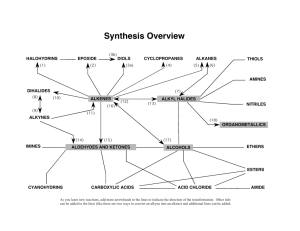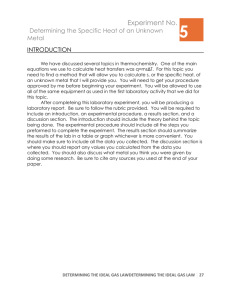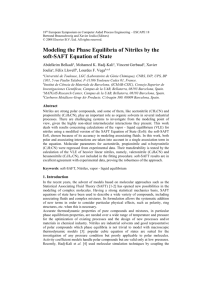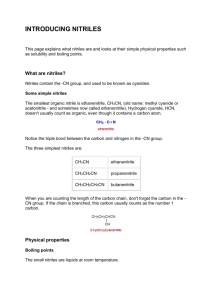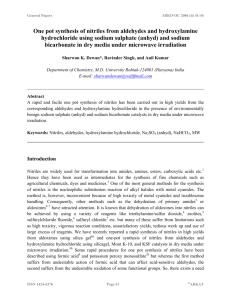The University of Texas at El Paso
advertisement
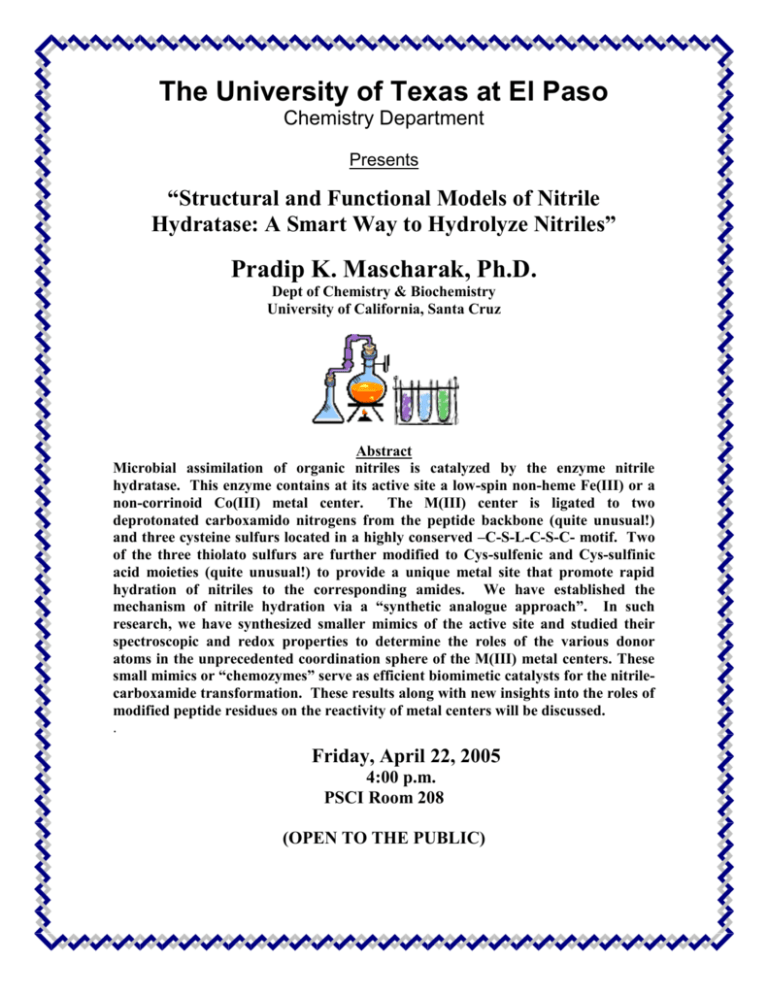
The University of Texas at El Paso Chemistry Department Presents “Structural and Functional Models of Nitrile Hydratase: A Smart Way to Hydrolyze Nitriles” Pradip K. Mascharak, Ph.D. Dept of Chemistry & Biochemistry University of California, Santa Cruz Abstract Microbial assimilation of organic nitriles is catalyzed by the enzyme nitrile hydratase. This enzyme contains at its active site a low-spin non-heme Fe(III) or a non-corrinoid Co(III) metal center. The M(III) center is ligated to two deprotonated carboxamido nitrogens from the peptide backbone (quite unusual!) and three cysteine sulfurs located in a highly conserved –C-S-L-C-S-C- motif. Two of the three thiolato sulfurs are further modified to Cys-sulfenic and Cys-sulfinic acid moieties (quite unusual!) to provide a unique metal site that promote rapid hydration of nitriles to the corresponding amides. We have established the mechanism of nitrile hydration via a “synthetic analogue approach”. In such research, we have synthesized smaller mimics of the active site and studied their spectroscopic and redox properties to determine the roles of the various donor atoms in the unprecedented coordination sphere of the M(III) metal centers. These small mimics or “chemozymes” serve as efficient biomimetic catalysts for the nitrilecarboxamide transformation. These results along with new insights into the roles of modified peptide residues on the reactivity of metal centers will be discussed. . Friday, April 22, 2005 4:00 p.m. PSCI Room 208 (OPEN TO THE PUBLIC)

